Did you know that November 4th was National Chicken Lady Day and November 2nd was National Deviled-Egg Day? While these quirky celebrations might not leave you feeling egg-static, there’s another observance that’s truly worth cracking open: National STEM Day on November 8th. Unlike those egg-centric holidays, STEM Day 2024 is no yolk – it’s a celebration that’s truly egg-cellent and deserves our full attention!
This shell-shocking revelation highlights an important day dedicated to Science, Technology, Engineering, and Mathematics. STEM/STEAM Day offers us a golden opportunity to focus on the disciplines that are scrambling to shape our future.
Puns aside, as educators, we play a crucial role in inspiring the next generation of STEM professionals and fostering a love for these disciplines among our students.
TCEA has consistently provided valuable STEM/STEAM resources and activities for educators. This year, I am taking a different approach with three offerings: an inspiring STEM Mantras poster, a visually engaging “Why STEM?” slide deck, and an interactive timeline challenge. These resources are designed to spark curiosity and deepen understanding of STEM across various audiences.
1. STEM POSTER
STEM MANTRAS is a poster outlining STEM/STEAM affirmations to ensure a productive learning environment. This epic poster will be helpful for students even after STEM day is long past!
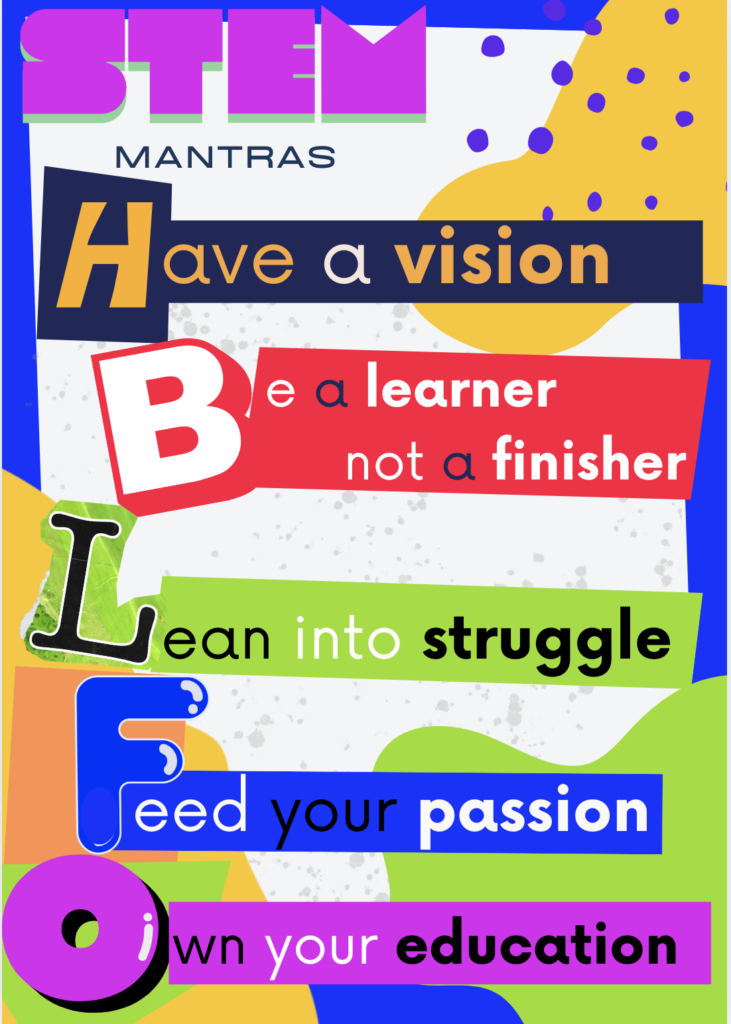
2. WHY STEM? Slide Deck
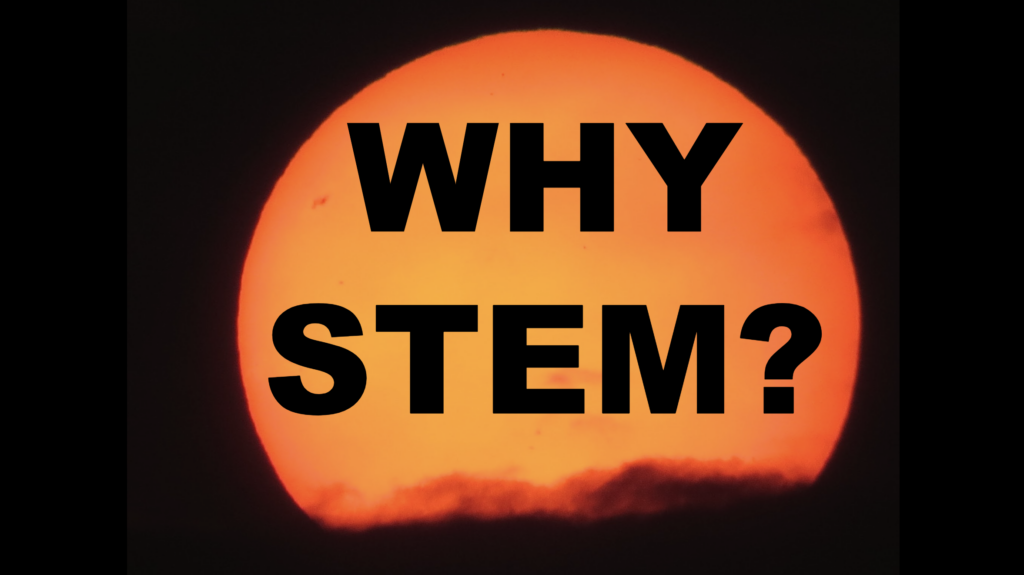
Why STEM? was made in Google Slides as a visual representation slide deck that explains what STEM is using only photos and graphics. The speaker notes provide direct explanations for each slide which are simple and of few words. The straightforward dialogue is designed to be accessible to various audiences, whether it’s students, parents, or educators new to STEM concepts. Make a copy here.
3. STEM-TASTIC TIMELINES ACTIVITY
I made these “Stem-tastic Timelines” in Canva specially for STEM day. The activity challenges students to explore the evolution of technology across various STEM fields.
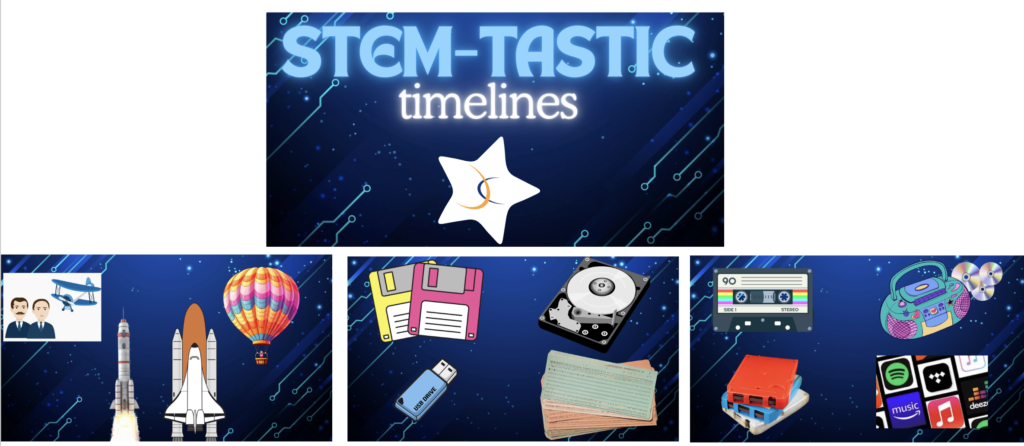
How the Activity Works:
- Each slide presents four images representing STEM innovations from a specific field (e.g., Communication Devices, Transportation, Optical Devices).
- Students are to arrange these images in the correct chronological order.
- The following slide reveals the correct order, along with brief explanations and dates for each innovation which you will find in the Notes.
Fields Covered:
- Music Formats
- Communication Devices
- Transportation
- Optical Devices
- Farming Equipment
- Cooking Methods
- Flight and Space Travel
- Space Exploration
- Data Storage
- Energy Sources
If you are looking for STEM/STEAM activities and resources, please check out these blog posts from TCEA.
Ignite Innovation: Online Contests to Spark Inspiration
Seven Story Bin STEM Activities
STEM Resources for High School Learners
STEM Activities and Challenges for Middle School Students
Holiday Themed STEM Activities
As we celebrate STEM Day 2024, let’s remember the importance of fostering STEM and STEAM skills in students, ensuring a brighter and more innovative future for all. Hopefully these resources aren’t just chicken feed – I am hoping they just might crack open some engaging discussions and activities that can extend far beyond November 8. So let’s get cracking and make this STEM Day a truly egg-ceptional experience!
And since I am having so much fun with the egg-stra delightful puns, maybe a National Deviled-Egg blog should be written next year? That is a solid NOPE from me!

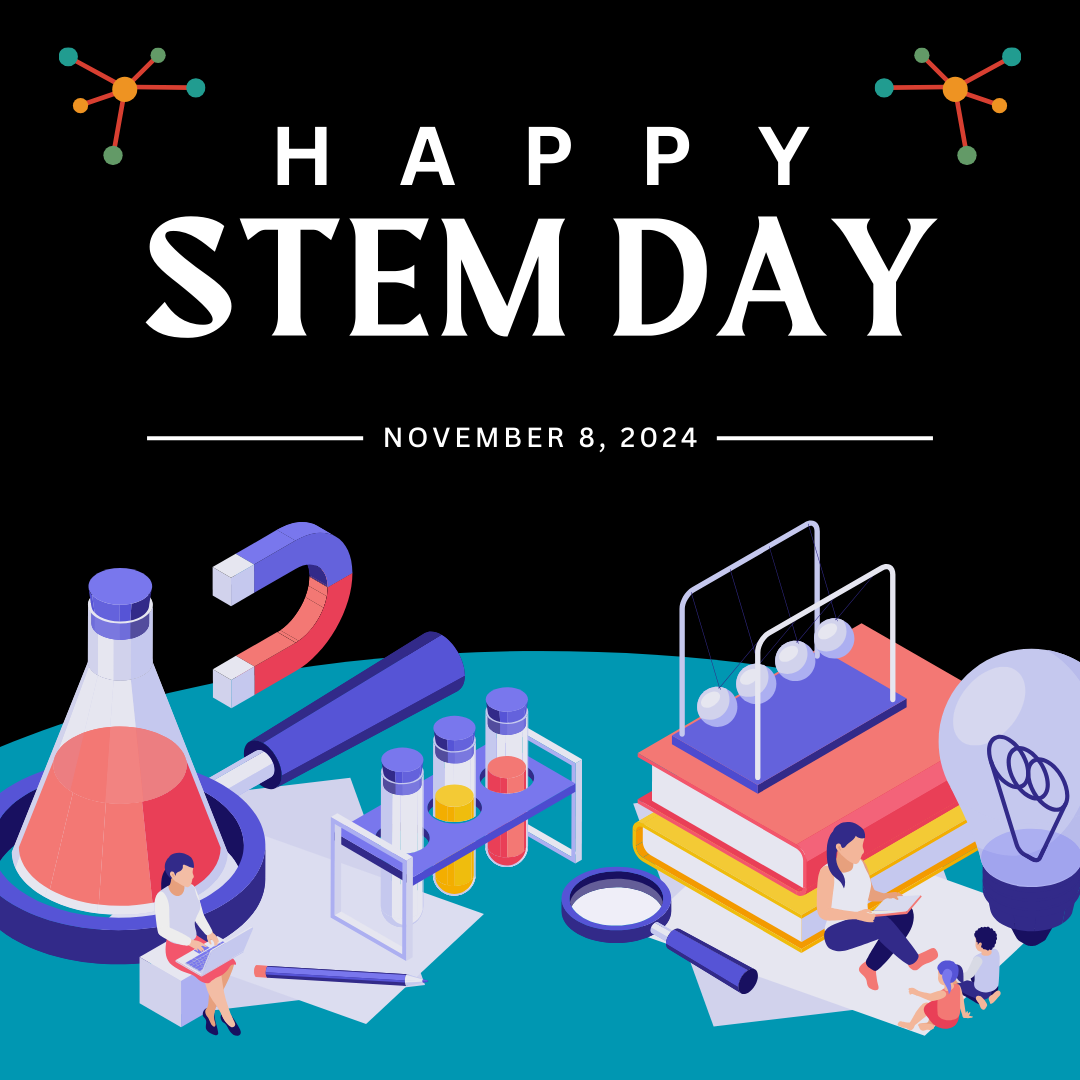



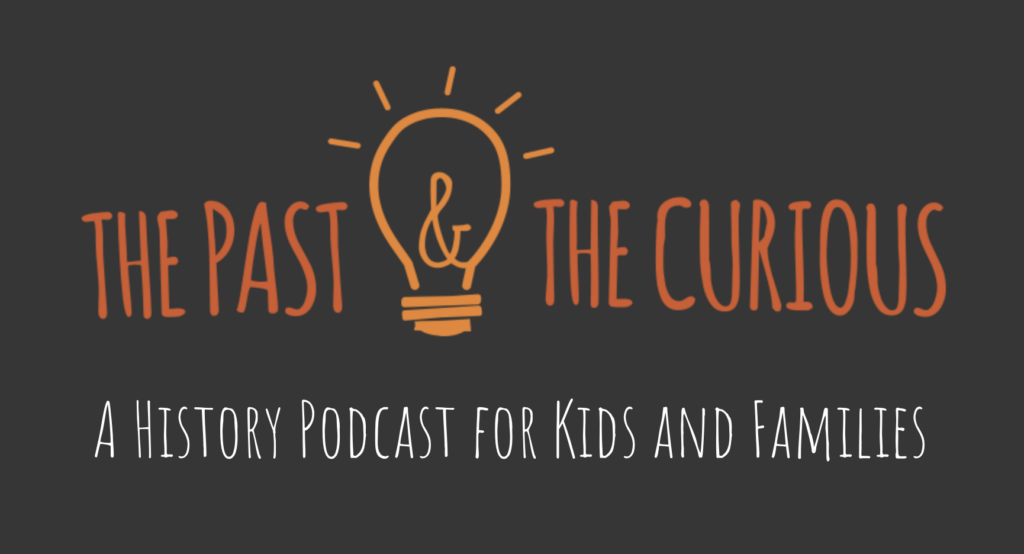

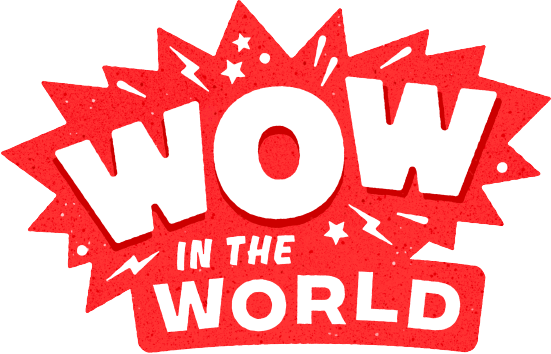
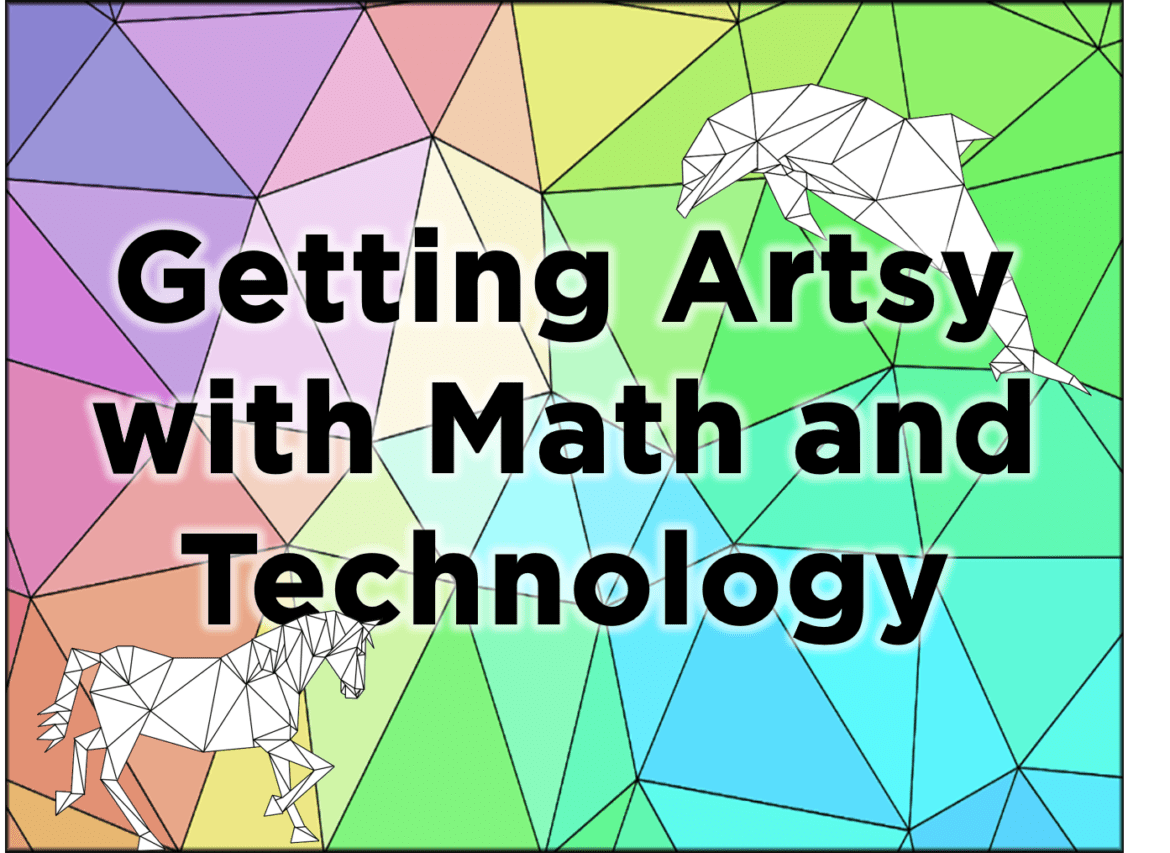
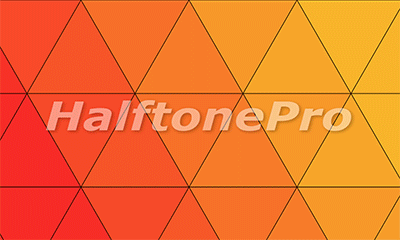 Low poly has been around for decades in the computer industry. As early game designers needed a way to generate images (and later animation) that did not exceed the available memory, they found they could reduce the file size by reducing the amount of information contained in the picture itself. This was achieved by connecting a mesh of dots to form polygons that are filled with a single color. The most popular shape to use is a triangle. This method allowed designers to easily reduce an image to mathematical terms instead of every pixel having its own color. You may have noticed that even current gaming systems are making use of the retro look of low poly. News sites may apply a low poly filter when interviewing a witness that wants to remain anonymous so that their physical features are less likely to be identified.
Low poly has been around for decades in the computer industry. As early game designers needed a way to generate images (and later animation) that did not exceed the available memory, they found they could reduce the file size by reducing the amount of information contained in the picture itself. This was achieved by connecting a mesh of dots to form polygons that are filled with a single color. The most popular shape to use is a triangle. This method allowed designers to easily reduce an image to mathematical terms instead of every pixel having its own color. You may have noticed that even current gaming systems are making use of the retro look of low poly. News sites may apply a low poly filter when interviewing a witness that wants to remain anonymous so that their physical features are less likely to be identified.



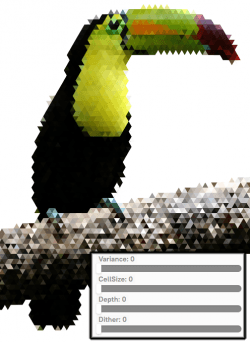
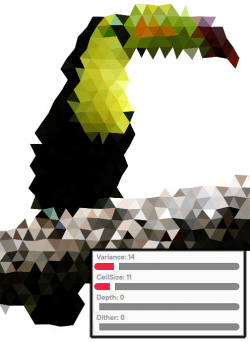



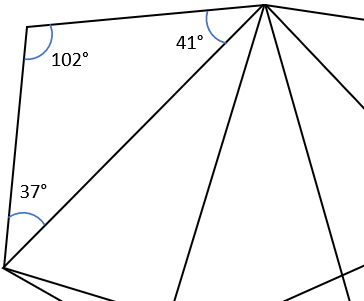 Identifying Angles – Because low poly can be made using only triangles, give students a page from the Low Poly Samples pdf file (link below) and have them identify whether each angle is a right, acute, or obtuse angle by writing r, a, or o in the angle respectively. For older students, have them use a protractor to identify the exact angle and have them write the measurement in each angle. Students can easily check their work by calculating the sum of the angles in the shape. The sum of the angles in a triangle will equal 180°, while the sum of the angles in a polygon with four or more sides is equal to 360°.
Identifying Angles – Because low poly can be made using only triangles, give students a page from the Low Poly Samples pdf file (link below) and have them identify whether each angle is a right, acute, or obtuse angle by writing r, a, or o in the angle respectively. For older students, have them use a protractor to identify the exact angle and have them write the measurement in each angle. Students can easily check their work by calculating the sum of the angles in the shape. The sum of the angles in a triangle will equal 180°, while the sum of the angles in a polygon with four or more sides is equal to 360°. 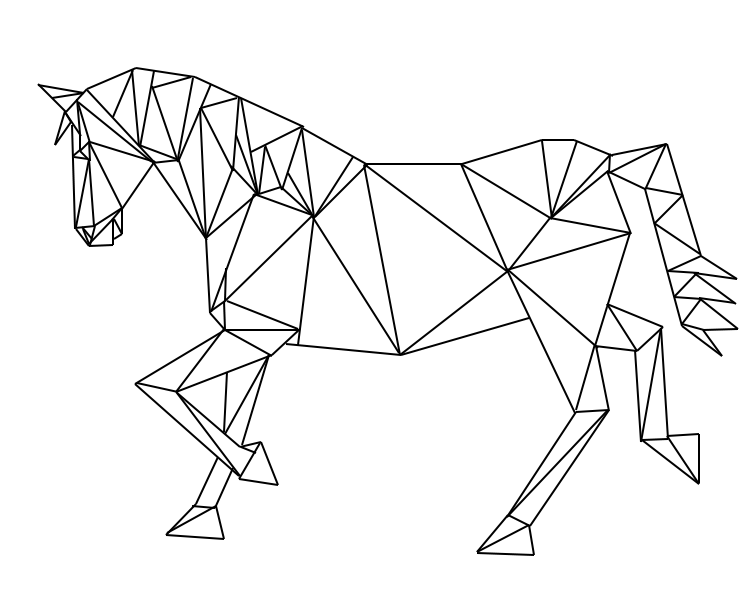 Low Poly Animals – Provide animal shapes for students to use as patterns. Laying a sheet of blank paper over the pattern, students trace the image using only straight lines and fill the image in with line segments to create triangles, squares, pentagons, etc. but no curved lines. The image to the right is my work using this method.
Low Poly Animals – Provide animal shapes for students to use as patterns. Laying a sheet of blank paper over the pattern, students trace the image using only straight lines and fill the image in with line segments to create triangles, squares, pentagons, etc. but no curved lines. The image to the right is my work using this method.


 We had some huge wins in the area of computer science and computational thinking this session. Our six-year goal of providing weighted funding for the 9-12 Technology Application courses has finally been achieved. In HB 3, the school finance legislation, the weighted funding for CTE was changed from grades nine through twelve to grades seven through twelve. In addition, the
We had some huge wins in the area of computer science and computational thinking this session. Our six-year goal of providing weighted funding for the 9-12 Technology Application courses has finally been achieved. In HB 3, the school finance legislation, the weighted funding for CTE was changed from grades nine through twelve to grades seven through twelve. In addition, the  There are two pieces of legislation that are going to impact educational broadband. The first is HB 1960 which creates a Governor’s Broadband Council that will advise the governor on issues related to broadband access to unserved areas. This is progress, but not as much as we hoped for. There are few, if any, areas of Texas that are unserved. The original bill included underserved areas, but heavy lobbying by the large telecommunication companies eliminated that language from the bill. However, we consider this progress because we finally have some entity at the state level that will look at the state’s needs for broadband from a strategic perspective. For too long, all state entities have tried to provide affordable, scalable broadband for their own purposes when it would be much more cost efficient to survey the needs across agencies and entities and design a plan to meet all the needs. HB 1960 at least establishes a council that could do this in the future, if given the authority.
There are two pieces of legislation that are going to impact educational broadband. The first is HB 1960 which creates a Governor’s Broadband Council that will advise the governor on issues related to broadband access to unserved areas. This is progress, but not as much as we hoped for. There are few, if any, areas of Texas that are unserved. The original bill included underserved areas, but heavy lobbying by the large telecommunication companies eliminated that language from the bill. However, we consider this progress because we finally have some entity at the state level that will look at the state’s needs for broadband from a strategic perspective. For too long, all state entities have tried to provide affordable, scalable broadband for their own purposes when it would be much more cost efficient to survey the needs across agencies and entities and design a plan to meet all the needs. HB 1960 at least establishes a council that could do this in the future, if given the authority. 
 There are several opportunities in the bills mentioned above that will provide professional development in digital learning. The Blended Learning Grants are largely designed to provide professional development for educators in blended learning, not to mention the funding provided to UTeach to continue to provide this type of training to Texas teachers. Also, this is a good chance to remind districts that the TIMA may be used to provide professional development on the use of technology. In addition to these bills, the legislature passed HB 2424 that requires the SBEC to establish rules to create microcredentials in fields of study related to an educator certification class. This was one of TCEA’s legislative priorities, so we are excited to see this bill pass.
There are several opportunities in the bills mentioned above that will provide professional development in digital learning. The Blended Learning Grants are largely designed to provide professional development for educators in blended learning, not to mention the funding provided to UTeach to continue to provide this type of training to Texas teachers. Also, this is a good chance to remind districts that the TIMA may be used to provide professional development on the use of technology. In addition to these bills, the legislature passed HB 2424 that requires the SBEC to establish rules to create microcredentials in fields of study related to an educator certification class. This was one of TCEA’s legislative priorities, so we are excited to see this bill pass. 

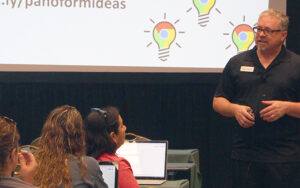

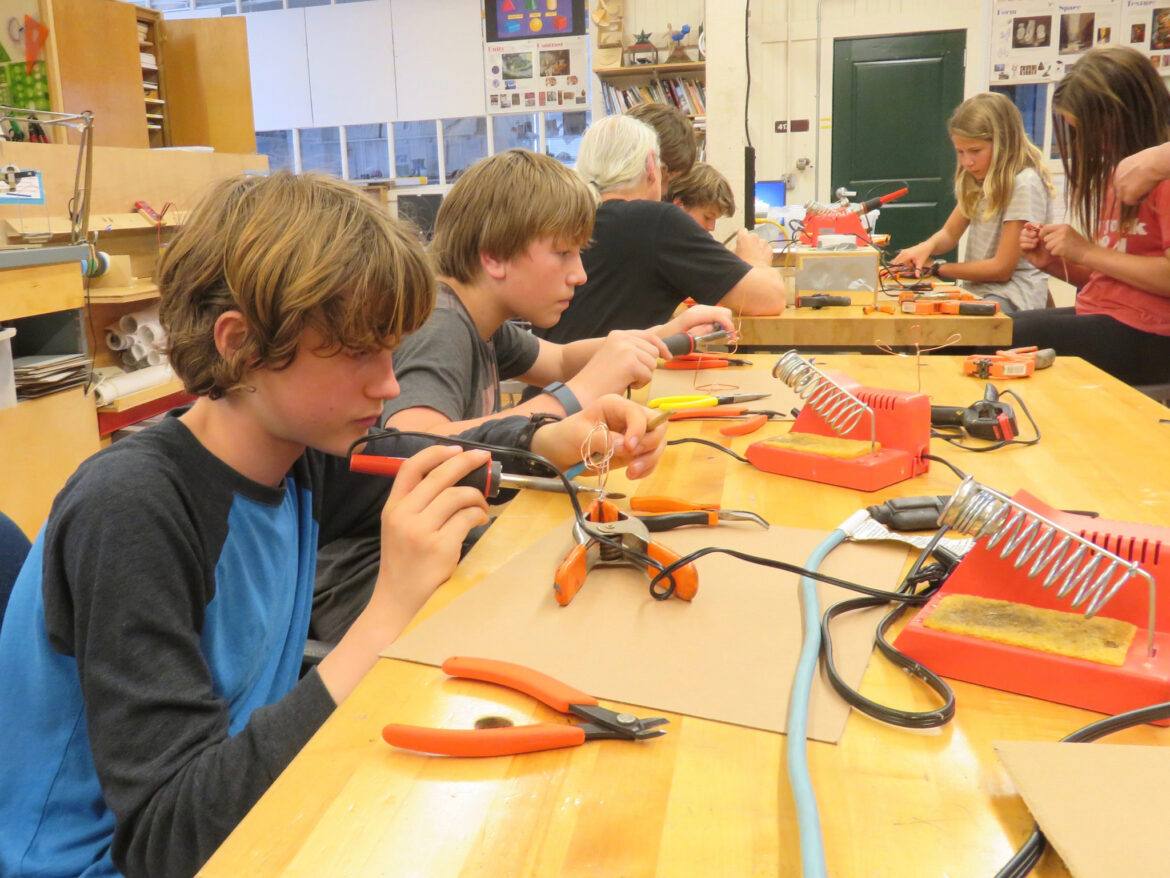
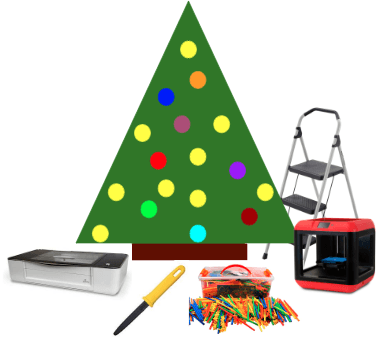
 stores always have a great selection.
stores always have a great selection.